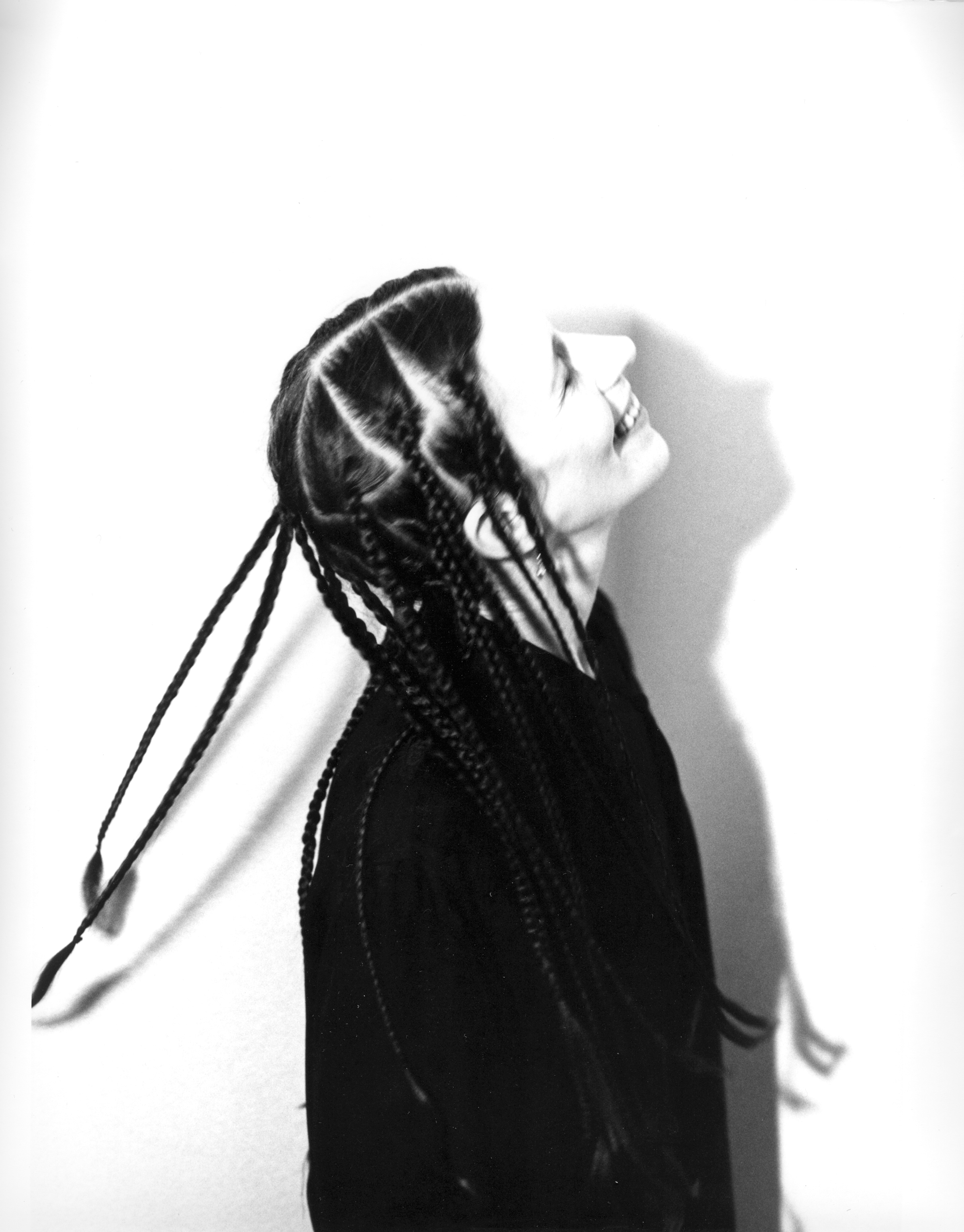

Watching Meredith Monk was a dream come true for me. Indeed, her concert had the rare magic of teleporting me from the Buckley Recital Hall to imaginary landscapes: when she performed parts of “Songs from the Hill” (1977), I was watching her at the top of a mountain in New Mexico under the scorching summer sun, where the music was born. And when her voice bounced with the piano keys in “Traveling,” I felt like a kid hopping along a grassy path in a vast open land, bounded only by the snowy range from afar.
Maybe this should not be a surprise: born in Lima, Peru in 1943, Meredith Monk is among the transformative artists of the past half century whose works fuse music, dance and design that have their audiences braving new heights. For Monk, this characterization is almost literal: her closing performance of the night, composed for the grand opening of Ann Hamilton’s Oliver Ranch Tower in 2008, was initially performed by her vocal ensemble as they walked up the 78-foot tall double helix stairs. Titled “Fathom,” the piece was solemn and quiet, proceeding with an acknowledgement of space.
In Saturday’s concert, Monk stood still, her red dress a flame on the stage tinged with ocean blue, her voices churning the air into clear gel. The drones of her Shruti box, an Indian instrument which sounds like a single-key accordion, evened the soundscape on which Monk built the vocal rises and falls.
A versatile artist of avant-garde performance, Monk moved across moods and styles with ease, shuffling sounds from the unexpected. Opening the night with an early work from “Juice” (1969), a deliciously unpredictable play of composition, she jumped to a series of short jovial pieces. After a perky rhythm of tongue clicks, she dived into the next pair of songs, largely inspired from insects. Heaviest with movement, the two performances blended in hints of absurdist humor and awkward theatricality, inviting much laughter.
The rest of the first half of the concert followed suit: Monk kept an airy, upbeat tempo when performing her wowing duets — those between the tongue and the vocal cord. An audience after the show compared the contrasting textures of the hums and clicks to “apple pie and ice cream.” I was thinking of coffee and milk, but the idea is the same: that Monk interwove percussion and melody in a harmonious and utterly intriguing way. Her concert similarly shifted between her calm, sincere stories behind her artistry and her wild, raw energy that electrified the space even when her breath vibrated like gusts of wind before a storm in “The Prairie Ghost,” one of the more eccentric and ominous songs performed that night.
If the strictly a capella performances in the first half of the concert showcased Monk’s signature vocal works, her music for piano and voice in the second half testified to the range of territories she has covered during her illustrious career. “Choosing Companions,” which takes excerpts from “ATLAS: An Opera in Three Parts” (1991), sketched the contours of a young girl who chooses her mates based on their ability to sing harmonies for her tunes. Inspired by 9/11, “Last Song” from “Impermanence” (2004) played around words of ending, only with a bit much labor and slumber. “Gotham Lullaby” (1975) oozed solitude and somberness, while “The Tale” (1973), by far the most lighthearted and comedic, pulsated like the choppy steps of frolic little girls but spoke from the elderlies on the decline. My favorite of the night, however, was “Madwoman’s Vision” (1998): a musical epic about a prophetic woman’s life in the Middle Ages; the work fantastically encompasses the various colors and types of sounds she masters while never failing for even a moment to push the tale forward. Paradoxically intimate and distant, her performance galvanized my imagination and kept me at the edge of my seat.
For me, Monk’s remarkable ability to command her audience by the simplest acoustics is what makes her both a visionary and a legend. Seldom does an artist set out for such task: with nothing other than a raw, organic voice, occasionally with instruments but always with a fearlessly majestic mind, she came to deliver performance at its finest. Her power is marked with purity, animation and more than anything, authenticity, which makes her live performances such a delight.
This excellent website really has all of the info I needed
about this subject and didn't know who to ask.
Feel free to surf to my website - dien dan rao vat hcm